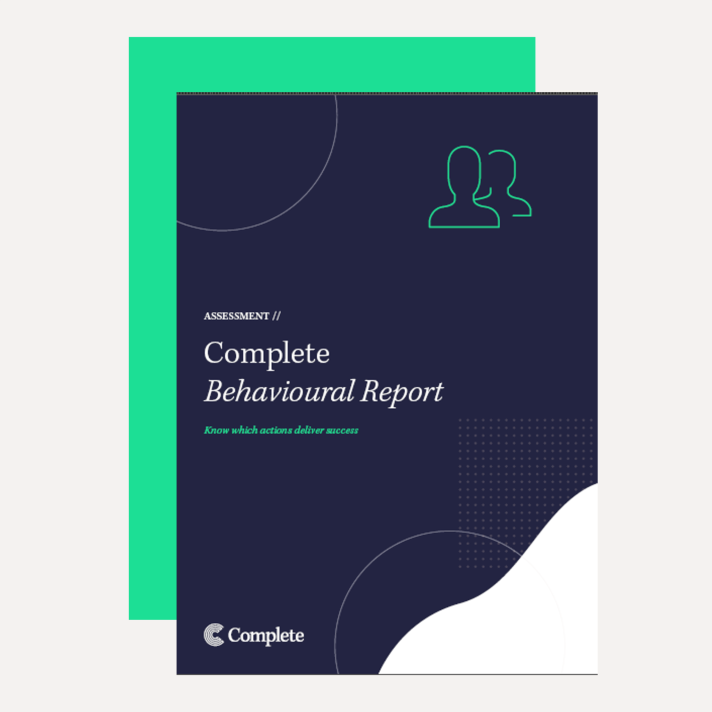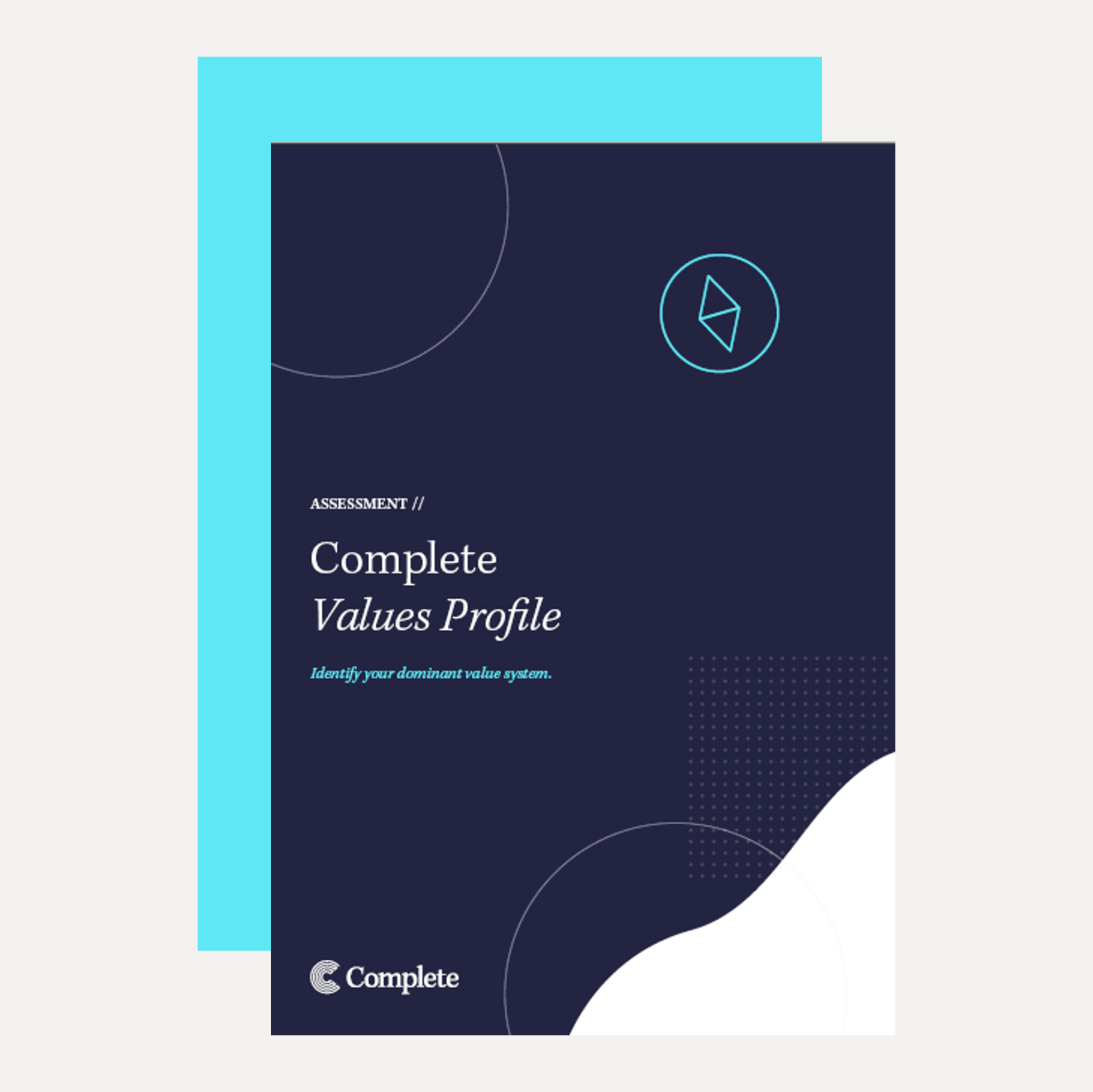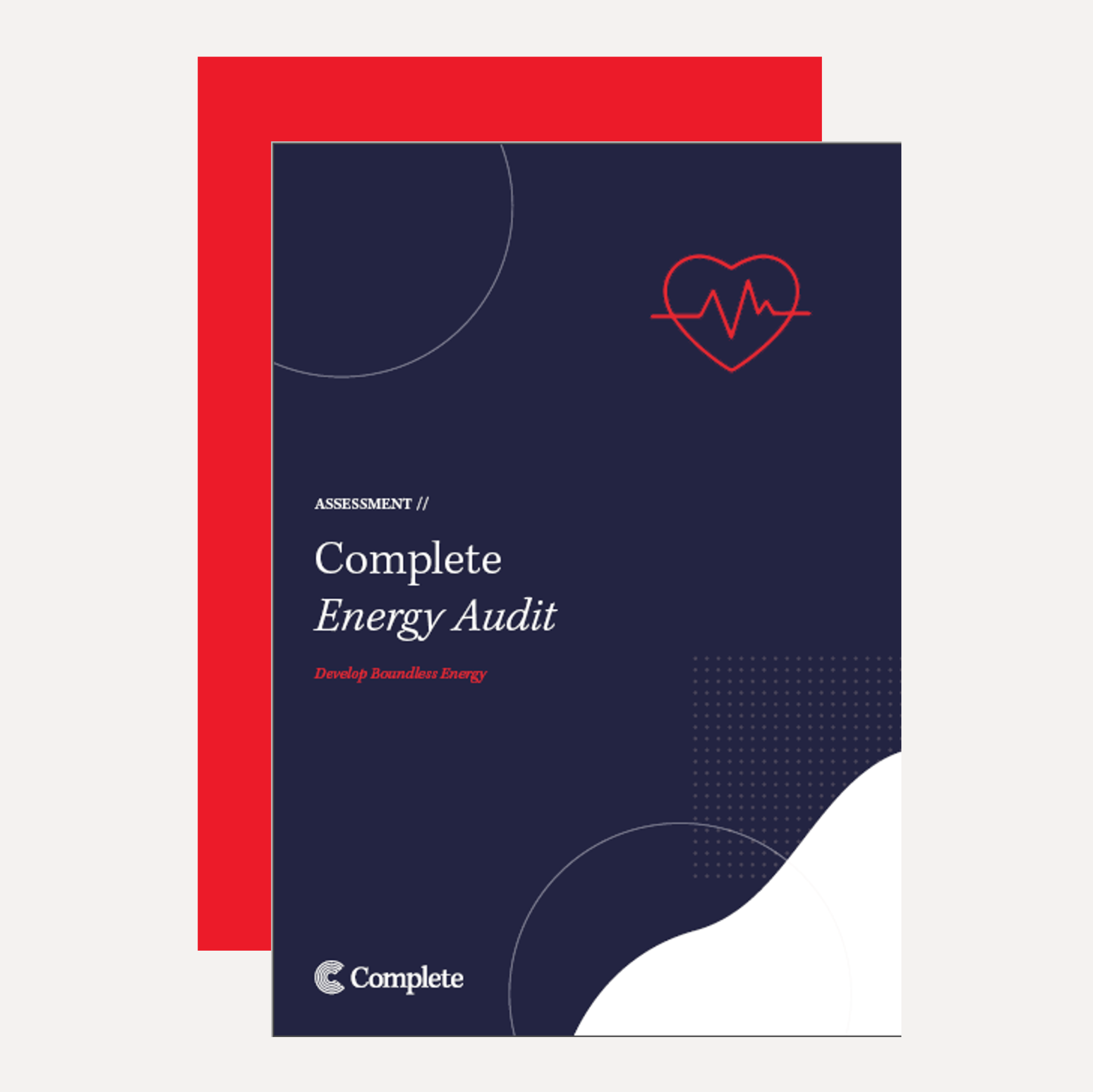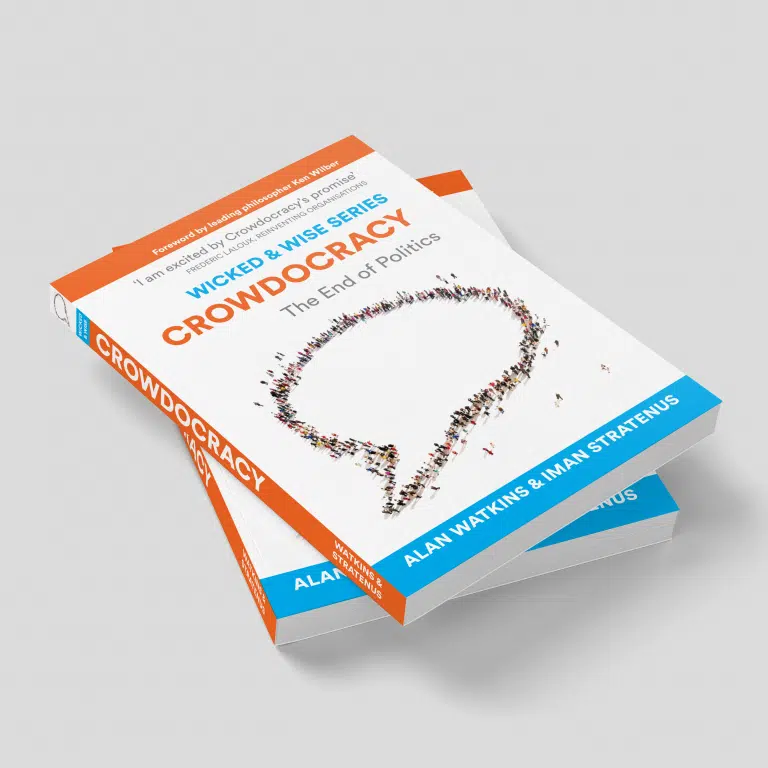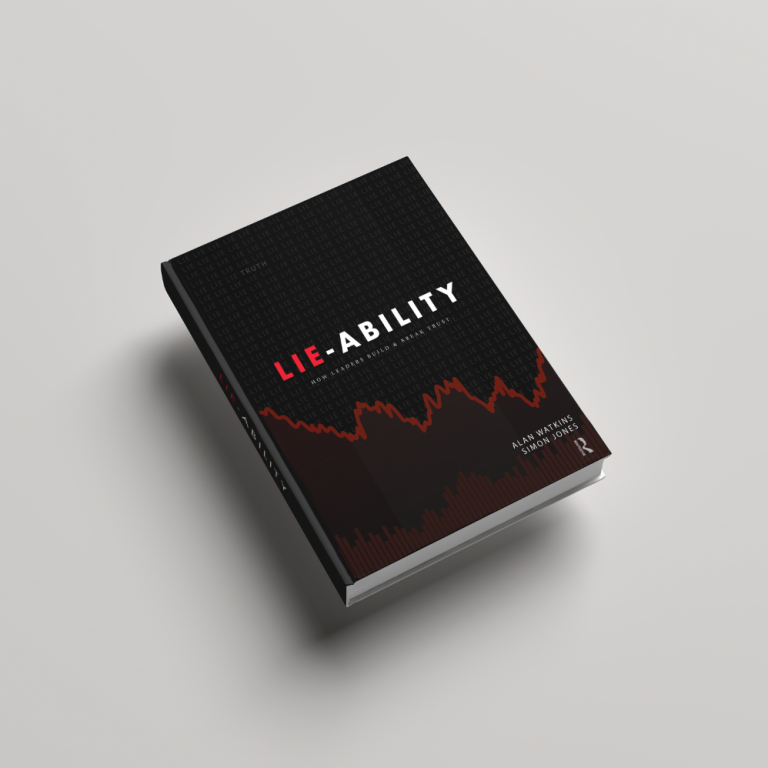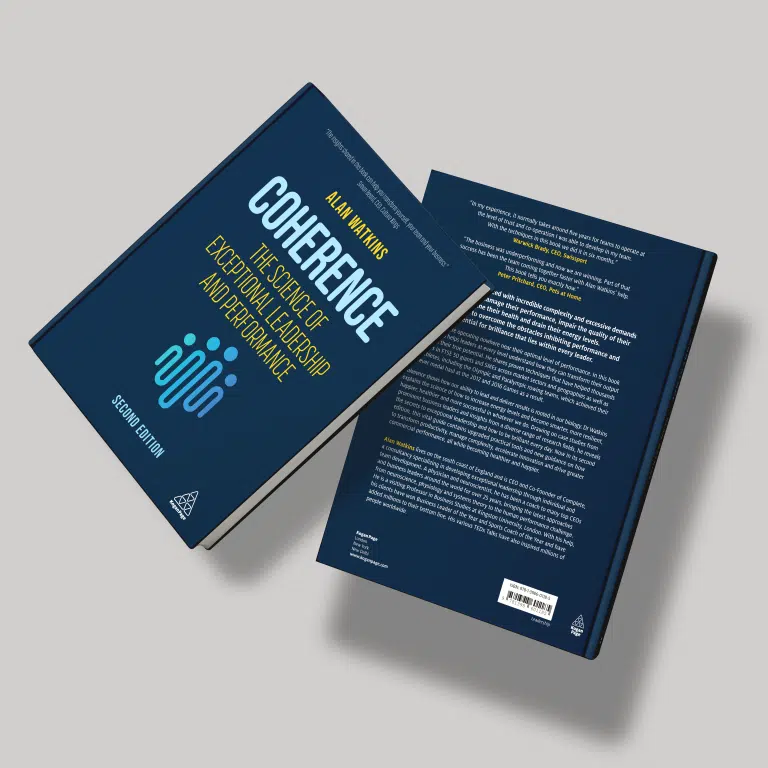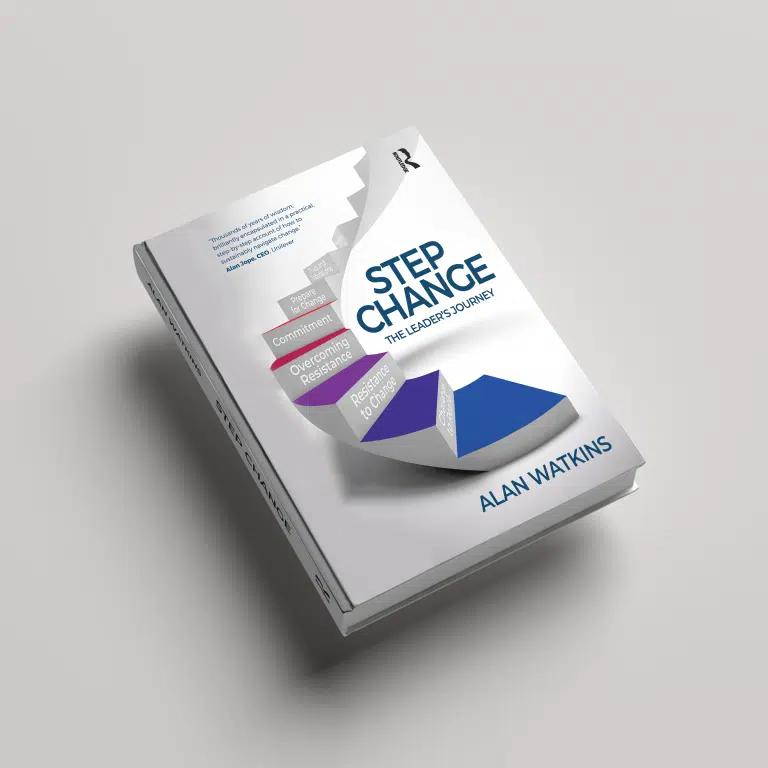Neuroscientists have known for years that unregulated emotions impair our decision-making ability. But it is only recently that scientists have begun to prove that the opposite is also true. Namely that if we effectively manage our emotions, we make better decisions and can create real competitive advantage.
Think about a time when you’ve been under pressure to make a decision. You might be aware of your pounding heart, your erratic breathing, your sweaty palms and tension in your stomach. All this chaotic biology means your emotions are unregulated and this impairs your brain function and your ability to make good decisions.
So how do you regulate your emotions?
Step one: It’s down to you
The first step is to recognise that rather than someone else making us feel bad, we have done it to ourselves. We have created that negative emotion within our own body. No-one has drugged us. The increased muscle tension was created by us. The pounding heart – created by us.
Step two: Get to the heart of the matter
As you will have experienced with a pounding heart, for example, our physiology is intrinsically linked to our emotions. So, to regulate your emotions, you need to become aware of your own biological data and more specifically your heart rate variability (HRV) signal. You can learn to control your HRV signal using rhythmic (not deep) breathing. That will bring you into a much more coherent state, in which you can begin to control your emotions rather than letting them control you.
Step three: Be emotionally aware
Controlling your breathing and heart rate variability is only part of the story. You also need to be able to choose the right emotional state and that means recognising what emotional state you are currently in. Most people can recognise about a dozen different emotional states on a regular basis. Many of them are negative such as anxiety, anger, frustration, tiredness, boredom, confusion or disappointment. In fact, there are not just a dozen distinguishable emotional states there are 34,000!
Step four: Develop emotional literacy
Having become aware that there are many, many different emotions, the next step is to be able to personally differentiate between those emotions. This means cultivating your emotional literacy. The purpose of an emotion is to drive action. If you are not sure whether you are angry or anxious, then you are liable to choose the wrong action, the wrong behaviour.
Step five: Change your emotional state
Once you are more aware of your emotions and you can accurately identify them, the real game changer for performance is to actually change how you feel. Being able to move from frustration to determination, for example, will help you perform better and increase your chances of success. If you change your emotional state to excitement or enthusiasm, for example, you may be able to infect others with that feeling and literally magnetise them towards you until they are experiencing the same emotion as you.
It’s perfectly possibly, but not always easy to develop emotional control on your own. However, Complete’s expert coaching can guide you quickly through the strategies to enable you to become the architect of your emotions.














